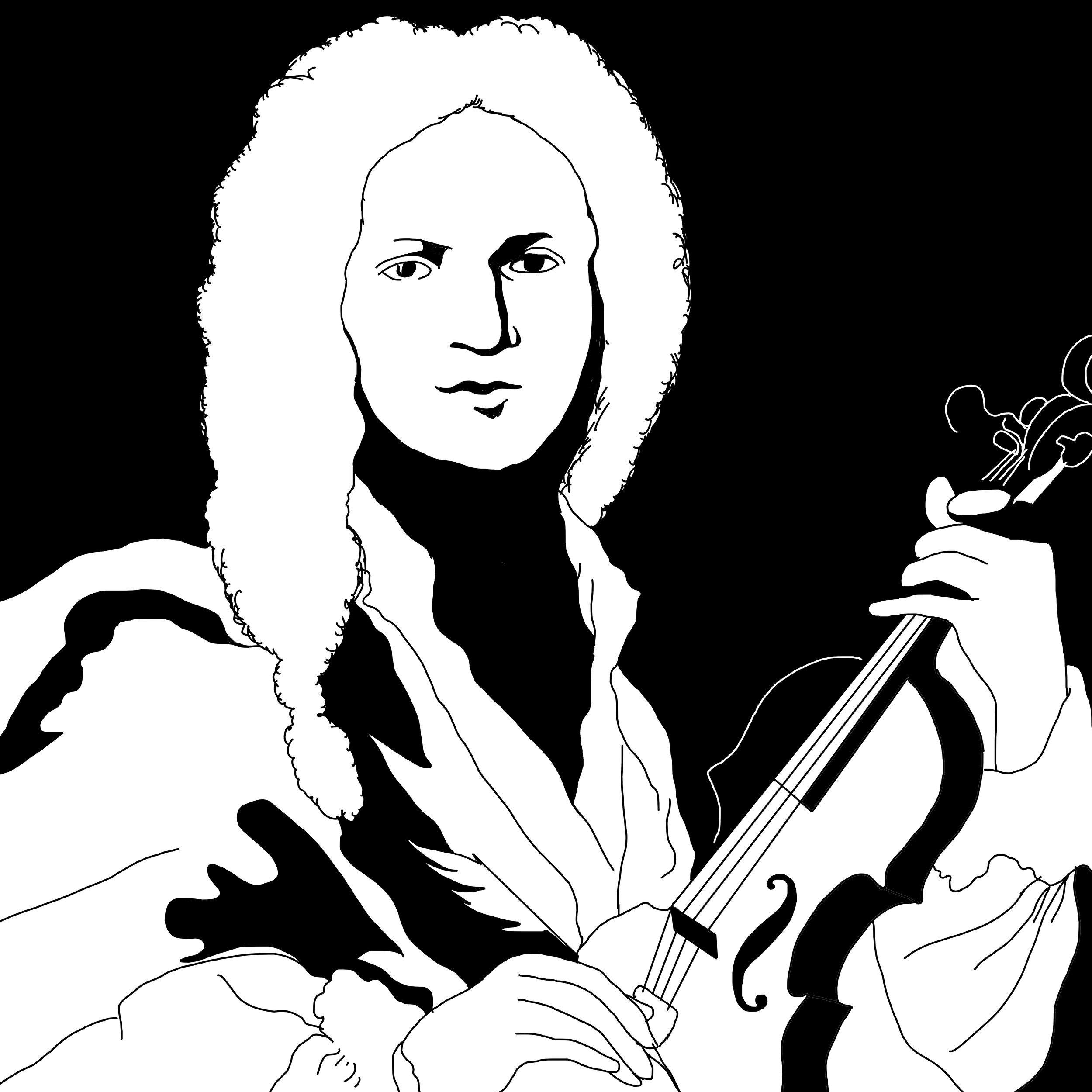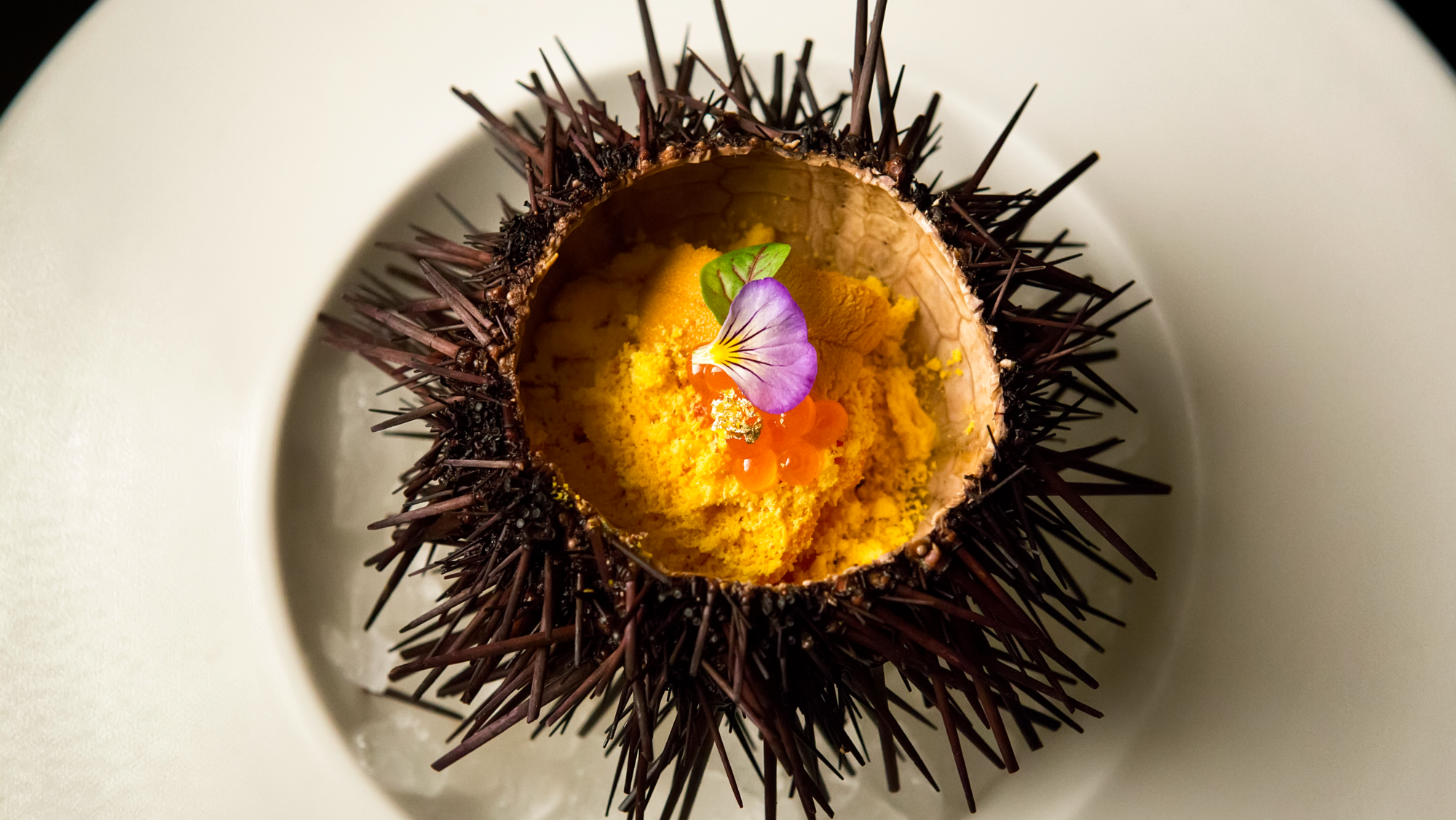Vivaldi’s Ever So Popular The Four Seasons: Concerto No. 4 in F minor, Op. 8, RV 297, "Winter" (L'inverno), Movement I. Allegro non molto (in F minor) in Visual Media
Even if you don’t know who Vivaldi is, you probably know his music. Fact is Vivaldi’s music, especially the concerti of The Four Seasons (1725), have been publicly performed countless times and its popularity isn’t going anywhere any time soon. You may have heard the first or third movement of his “Spring” concerto at a wedding you attended, or perhaps you’ve heard the third movement of his “Summer” concerto in the background of a tense scene in a movie. (If you’re like me and have good auditory recall but can’t remember titles to instrumental pieces, I’ve included the audio to these pieces below.)
But I want to focus on his “Winter” concerto, specifically the first movement. Familiarity with a piece of music can be the result of hearing it more than one or two times, sometimes more. I can’t remember the first time I heard the first movement of Vivaldi’s “Winter” concerto, but I do remember hearing it (who knows how many times I’ve heard it up until that point) during a TV show and then thinking, “Ohhh, I know this one.” Then very recently after that, I heard it during another TV show and thought, “Wait, why is this specific piece so popular?” I consider myself to be a visual person, so perhaps the visual component is what helped me to solidify my familiarity of the piece. So for this particular Public Musicology project I’m working on for my History of Western Music: Empires and Marketplaces class at UCLA, I’ve decided to dig deeper on the piece in question and explore its use in visual media.
Because the music of The Four Seasons’ “Winter” concerto is a familiar one to the general public, I’m going to address this blog post to non-musicians/non-musicologists who are curious about this masterpiece and wonder why out of all the “classical”* music they’ve heard in passing, this piece in particular is one that sticks. I’ve chosen to discuss examples of this piece in visual media as it is most likely the source(s) of where the piece had been heard by the vast majority of the non-musician/non-musicologist audience, whereas the musician or avid concert goer may have initially heard the piece elsewhere. But more on Vivaldi…
*I put quotation marks on the word “classical” because the word “classical” is used now as an umbrella term to encompass early pre-modern music as well as contemporary music in those styles, especially orchestral ones. Technically, Vivaldi was a composer in the Baroque period, which came before the Classical period. So his music would be considered Baroque music.
Image from shutterstock.com
Antonio Vivaldi (1678–1741)
Antonio Lucio Vivaldi was a violin teacher, virtuoso, and Venetian composer who influenced many proceeding composers including J.S. Bach. He taught at and wrote a lot of music for the women of the Ospedale della Pietà in Venice, a charitable hospice that provided services to the needy, chronically ill, physically deformed, and abandoned or orphaned children (mostly girls). Some of these women had disabilities, and Vivaldi had instruments especially adapted for them. These girls were educated to professional level and these all-female ensembles attracted many European aristocrats to hear them perform in concerts and religious services. Here, instrumental virtuosity was established and the development of organ playing and singing was expanded to include string ensembles. Vivaldi’s experimentation with performance and instrumental pieces makes him a driving force for the concerto genre. Vivaldi created innovated themes and melodies for his concertos—roughly 350 for one solo instrument and strings and over 230 of them for violin.
Concerto: instrumental music for one or more soloists accompanied by an orchestra or ensemble. Concertos are typically consist of three movements starting with a fast movement followed by a slow movement then finishing with another fast movement.
“Winter” concerto structure:
I. Allegro non molto (fast)
II. Largo (slow)
III. Allegro (fast)
Program Music
Not only was Vivaldi a pioneer in many developments of violin technique and orchestration, but he also pioneered developments in programmatic music, instrumental music that attempts to tell a narrative. The Four Seasons is Vivaldi’s most famous example of program music, naming each of the four concertos one of the four seasons based on the Gregorian calendar. The divisions of the year are based largely on the changes in weather, which Vivaldi depicts through the themes, melodies, harmonies, rhythm, and dynamics (variations in loudness) of his composition.
Sonnets
Thought to have been written by Vivaldi himself, each concerto of The Four Seasons is accompanied by an illustrative sonnet, adding to the extramusical narrative and guiding the listener through the evocative music. I’ve included both the Italian text and English translation for the “Winter” concerto below:
-
Allegro non molto
Agghiacciato tremar trà nevi algenti
Al Severo Spirar d' orrido Vento,
Correr battendo i piedi ogni momento;
E pel Soverchio gel batter i dentiLargo
Passar al foco i di quieti e contenti
Mentre la pioggia fuor bagna ben centoAllegro
Caminar Sopra il giaccio, e à passo lento
Per timor di cader girsene intenti;
Gir forte Sdruzziolar, cader à terra
Di nuove ir Sopra 'l giaccio e correr forte
Sin ch' il giaccio si rompe, e si disserra;
Sentir uscir dalle ferrate porte
Sirocco, Borea, e tutti i Venti in guerra
Quest' é 'l verno, mà tal, che gioja apporte. -
Allegro non molto
To tremble from cold in the icy snow,
In the harsh breath of a horrid wind;
To run, stamping one's feet every moment,
Our teeth chattering in the extreme coldLargo
Before the fire to pass peaceful,
Contented days while the rain outside pours down.Allegro
We tread the icy path slowly and cautiously,
for fear of tripping and falling.
Then turn abruptly, slip, crash on the ground and,
rising, hasten on across the ice lest it cracks up.
We feel the chill north winds course through the home
despite the locked and bolted doors...
this is winter, which nonetheless
brings its own delights.
“Of all these corresponding sonnets, ‘Winter’ is the most carnal. Finger-trembling trills on the violin’s thin, high-pitched E-string emulate shivering and teeth-chattering. The violin solo runs up and down the ebony fingerboard, conjuring the feeling of feet slipping on thin ice, bodies crashing into snowy embankments. But there is also comfort: the warmth of the hearth fire, tranquil and legato on the bow; lazy days punctuated only by the pizzicato of ice droplets on the roof. It is difficult music for a difficult season, times that are bound to be more challenging than we allow ourselves to imagine.”
Here are some wintery images that this piece with the sonnet evokes for me. Even though these photographs have a darker tone, there is still beauty and elegance seen in the subject or composition:
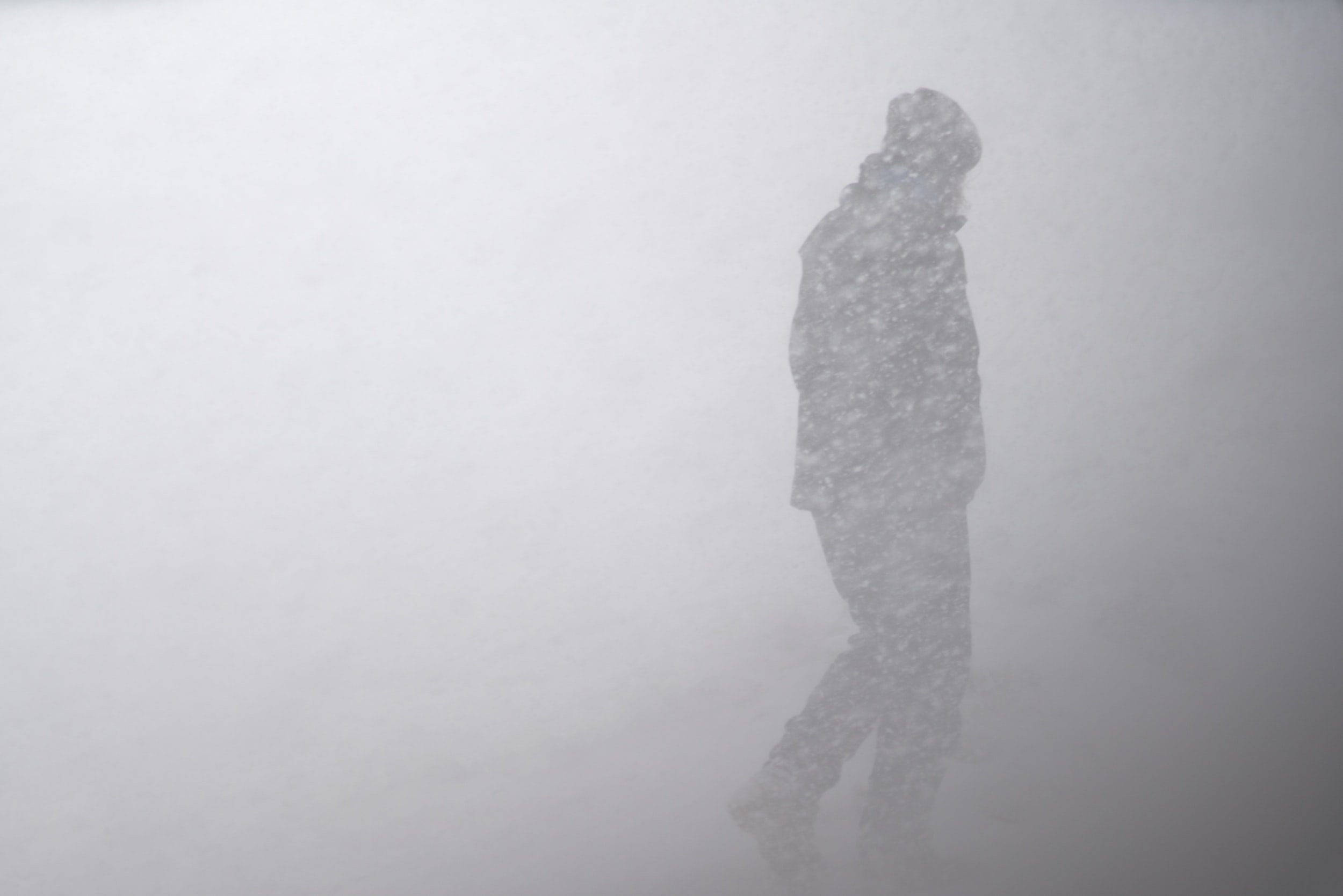
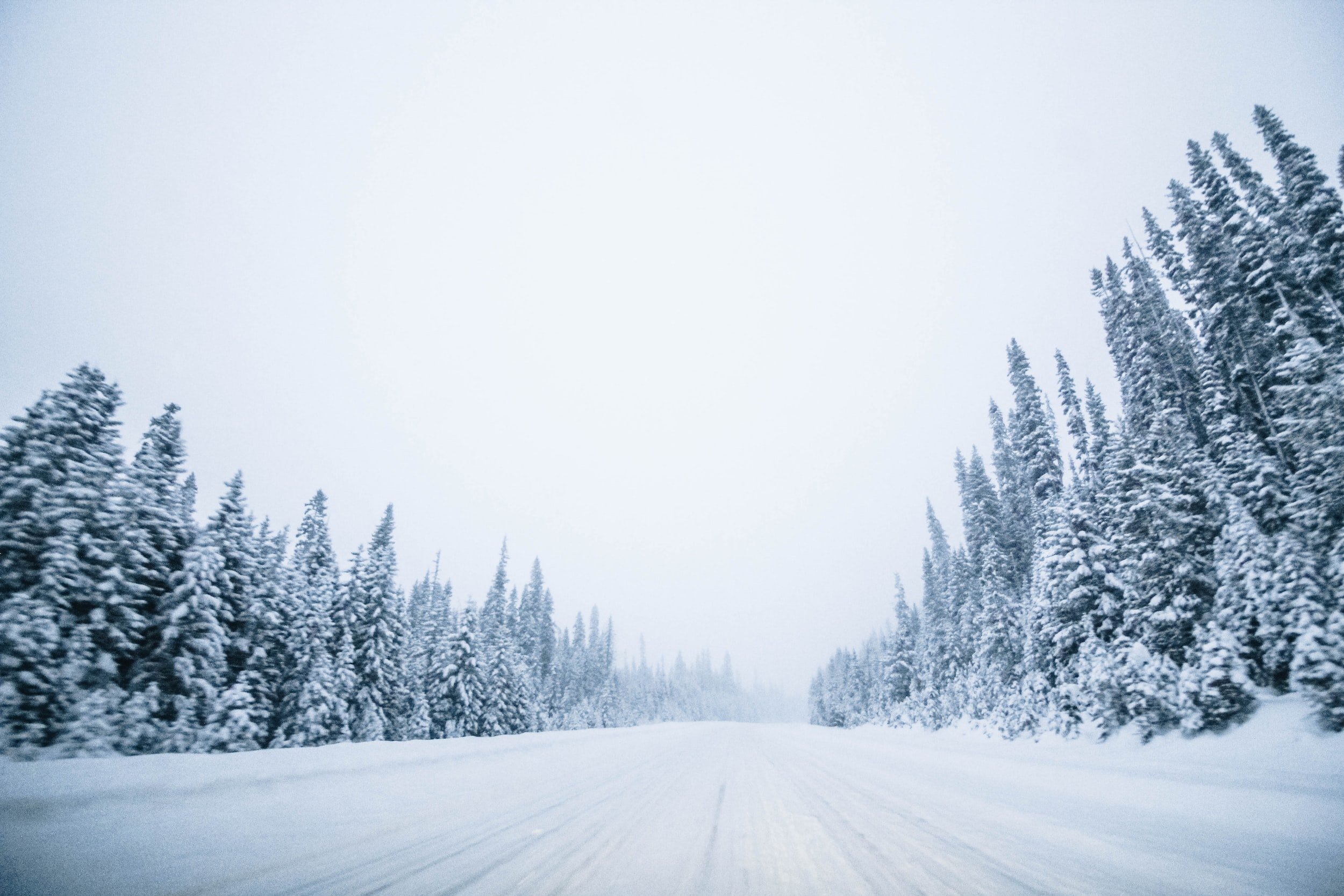
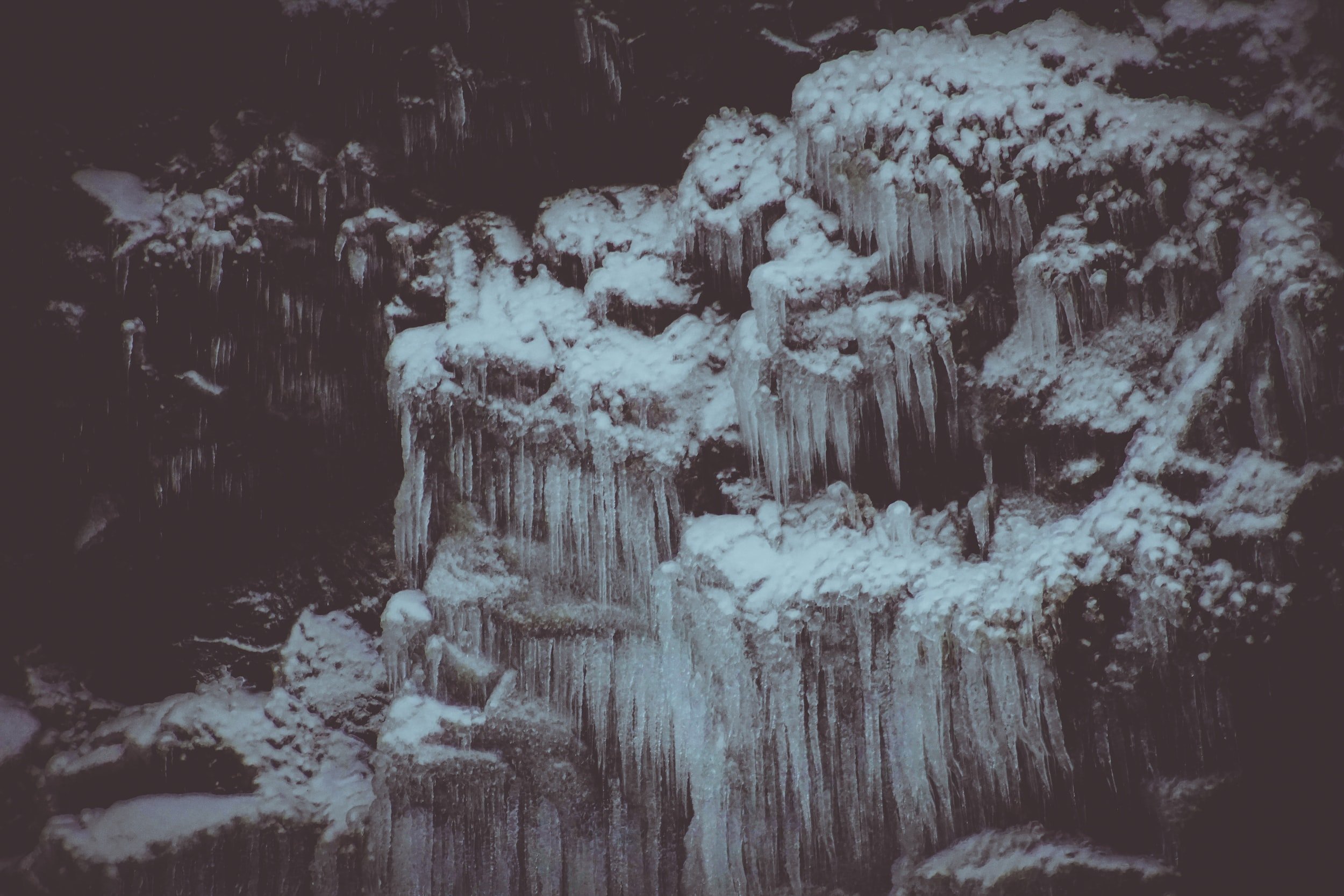

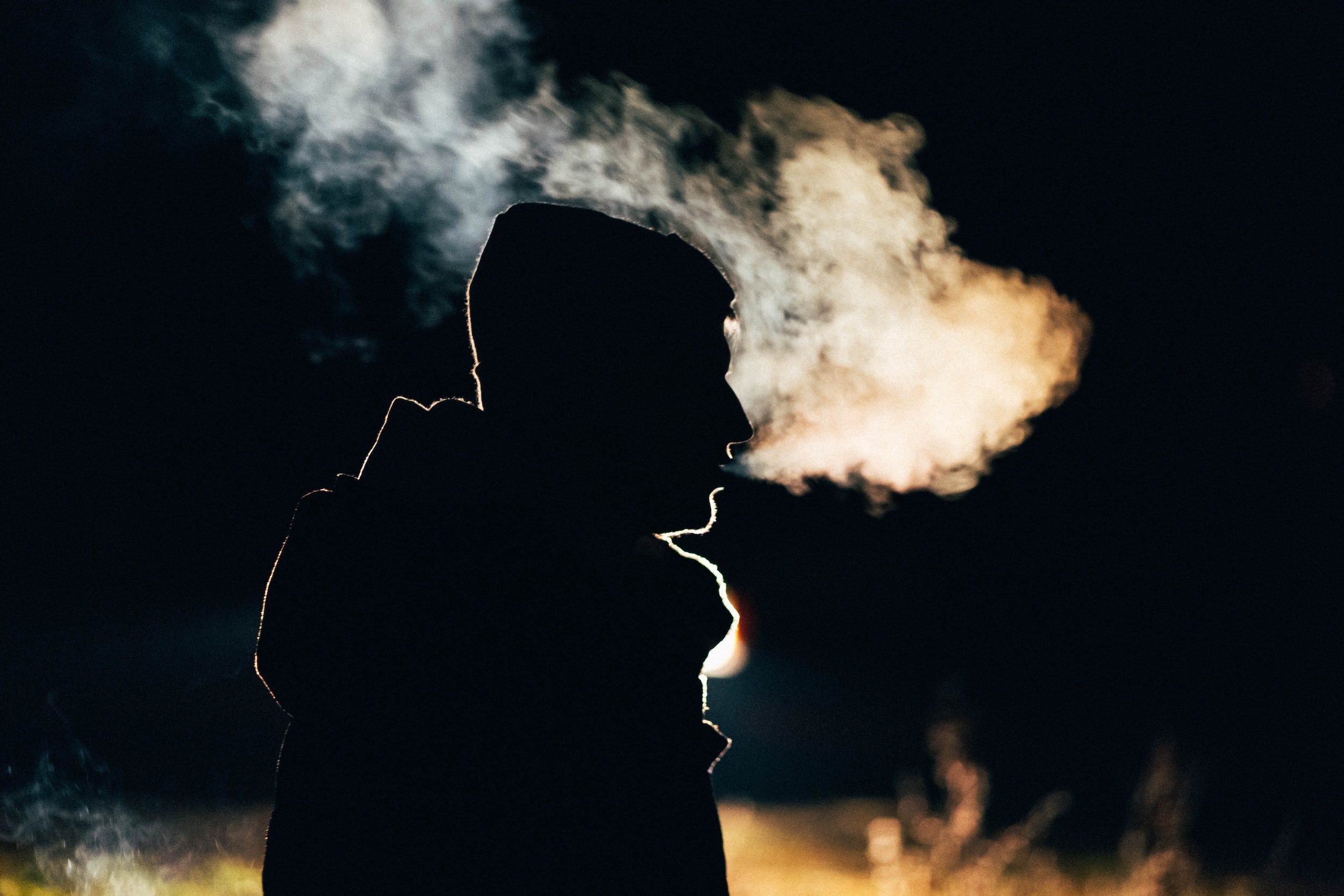
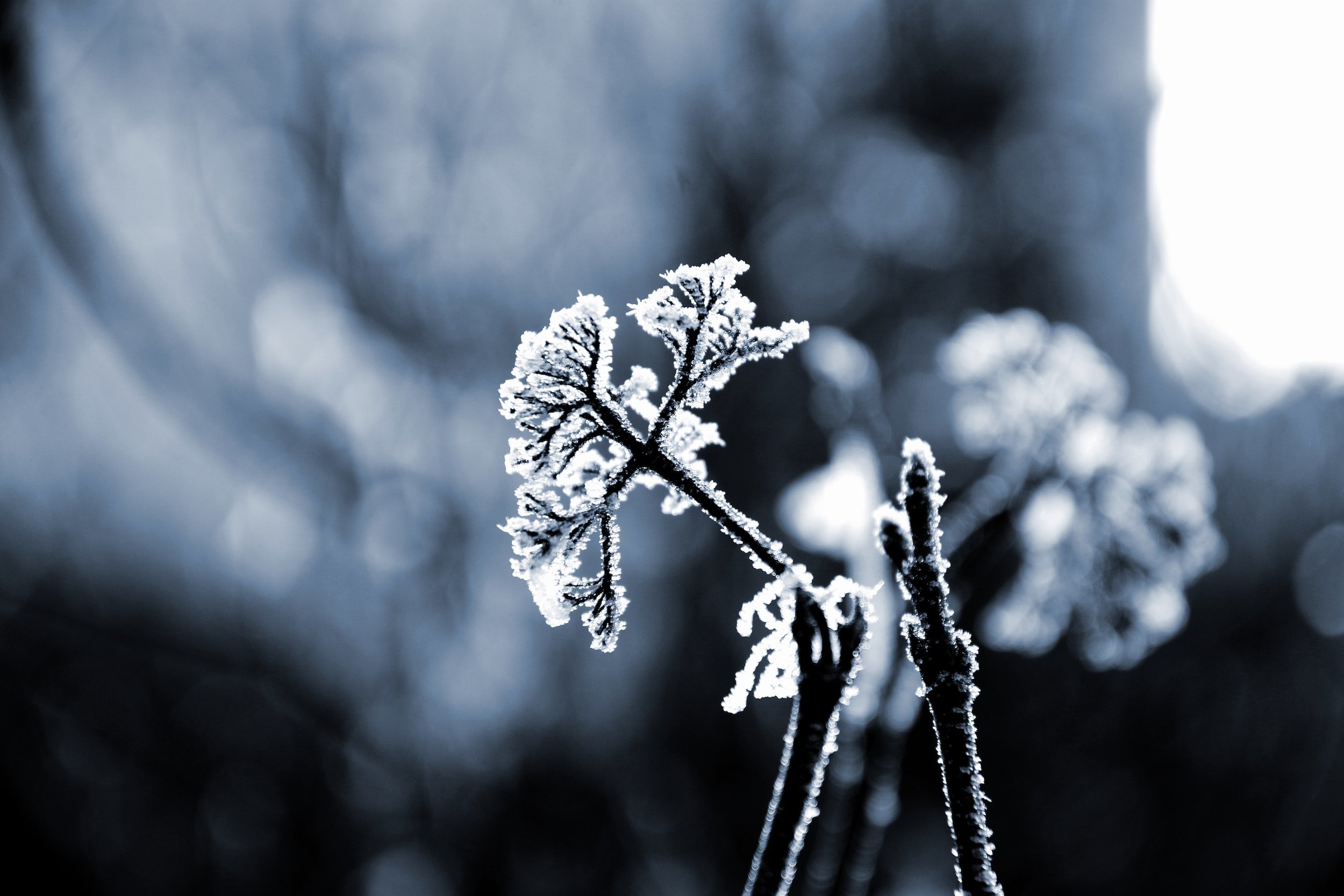
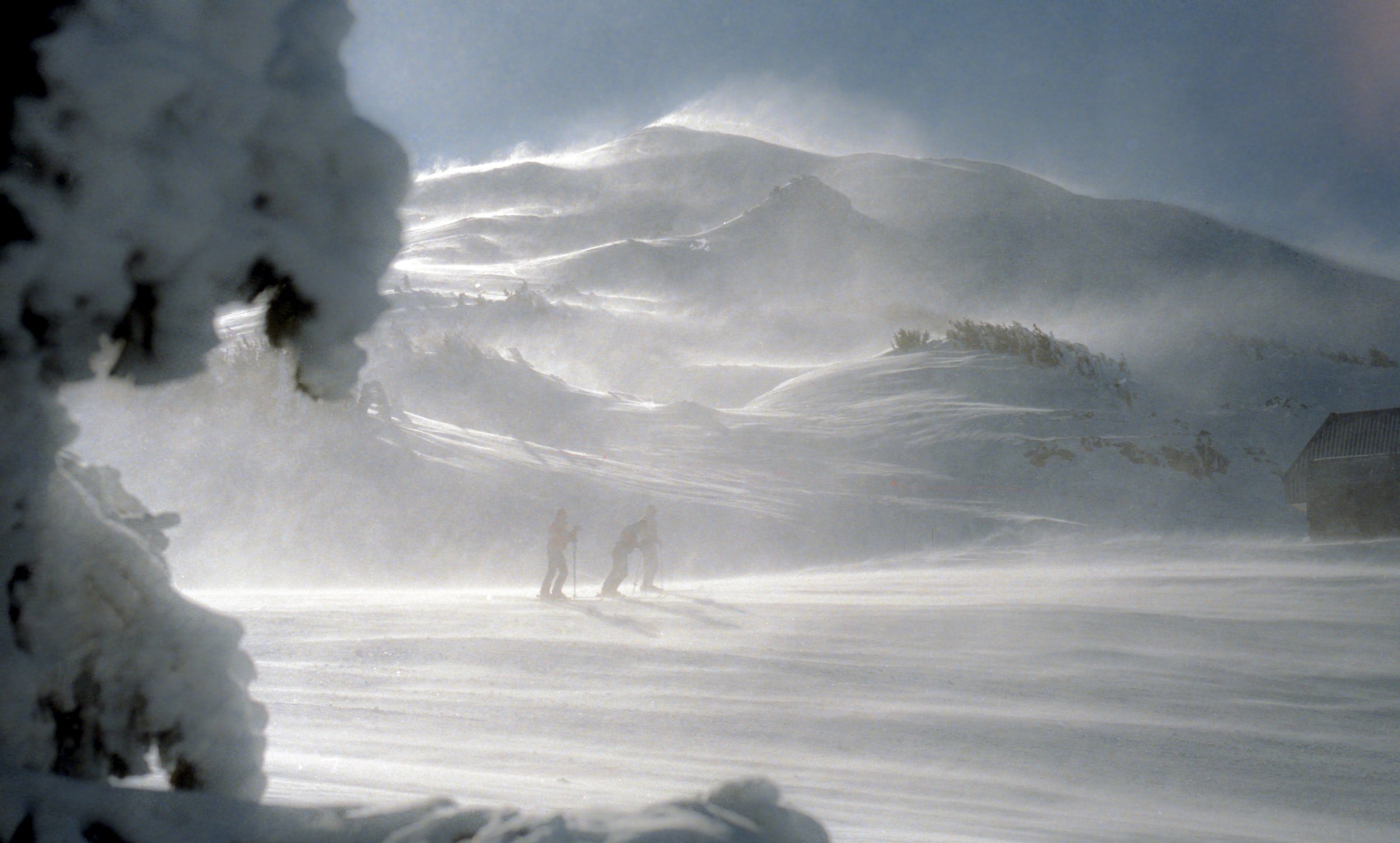
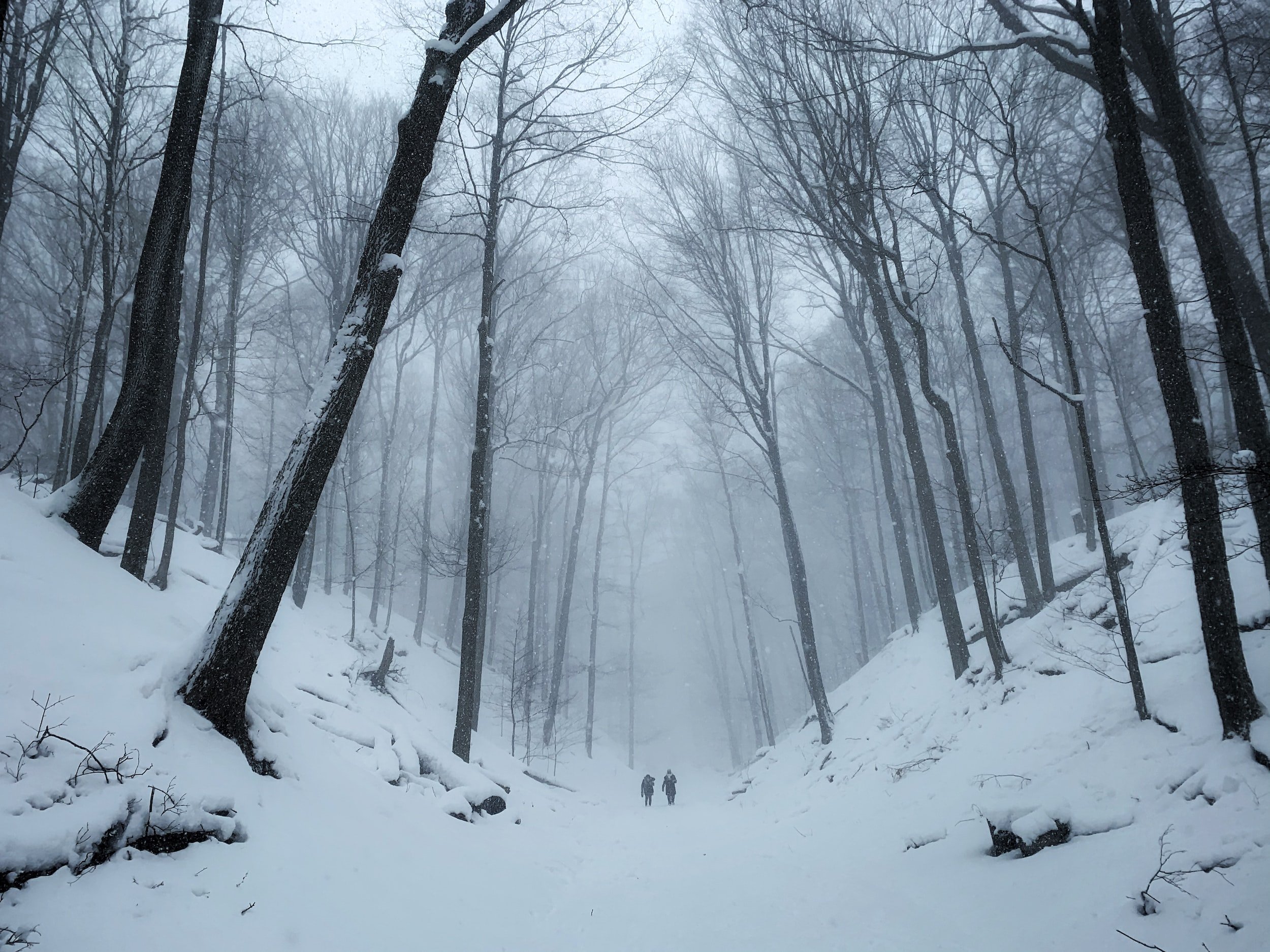
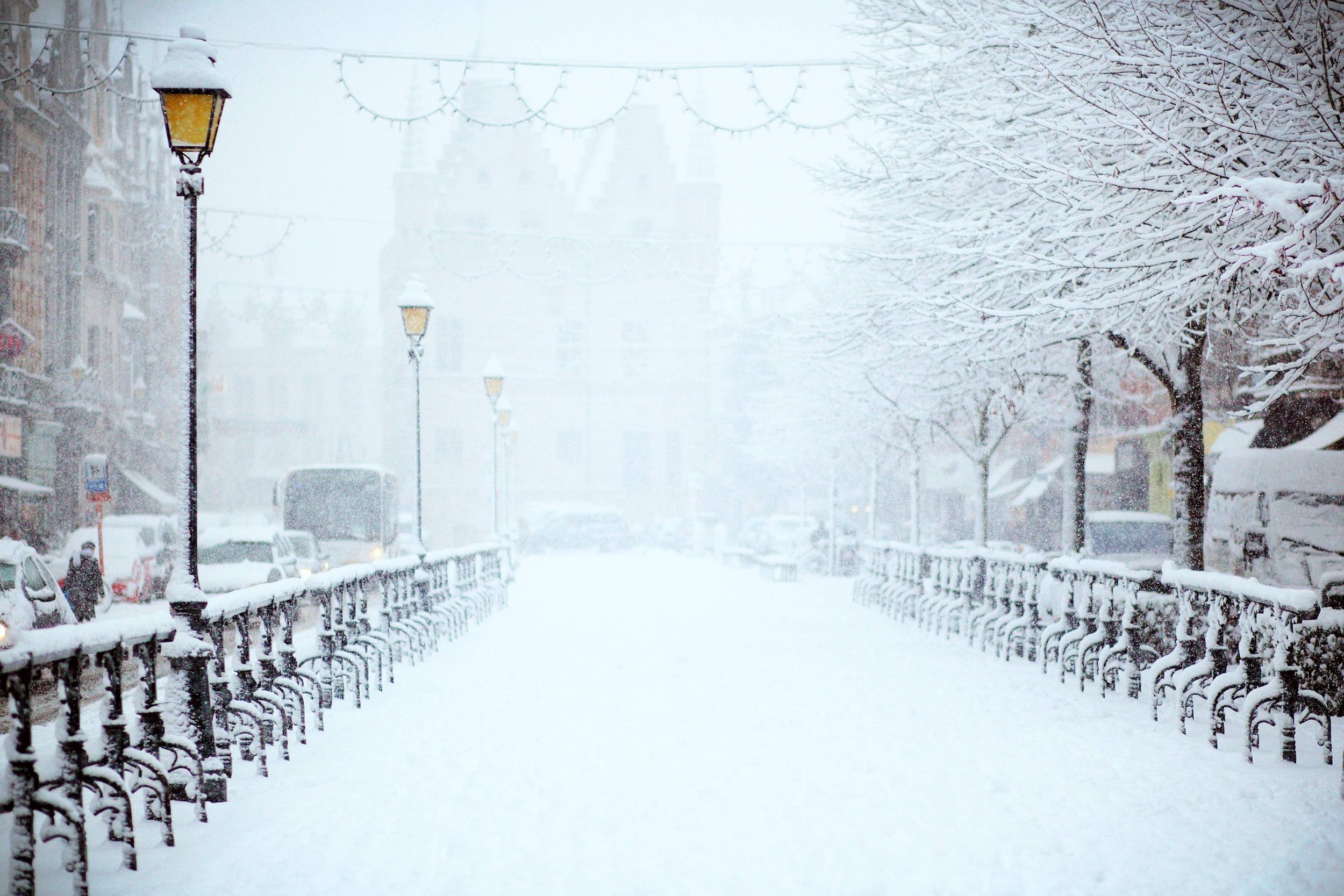

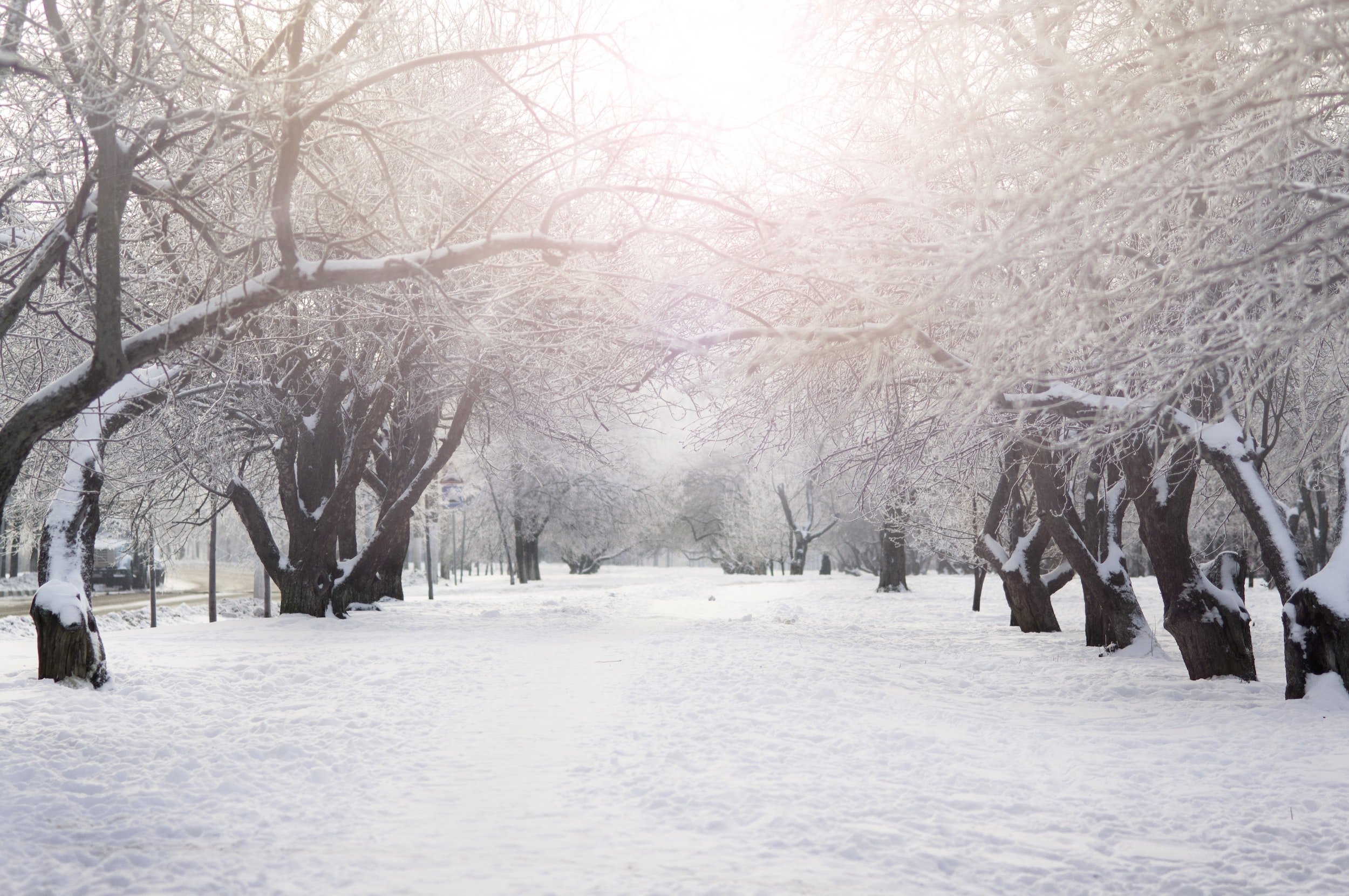
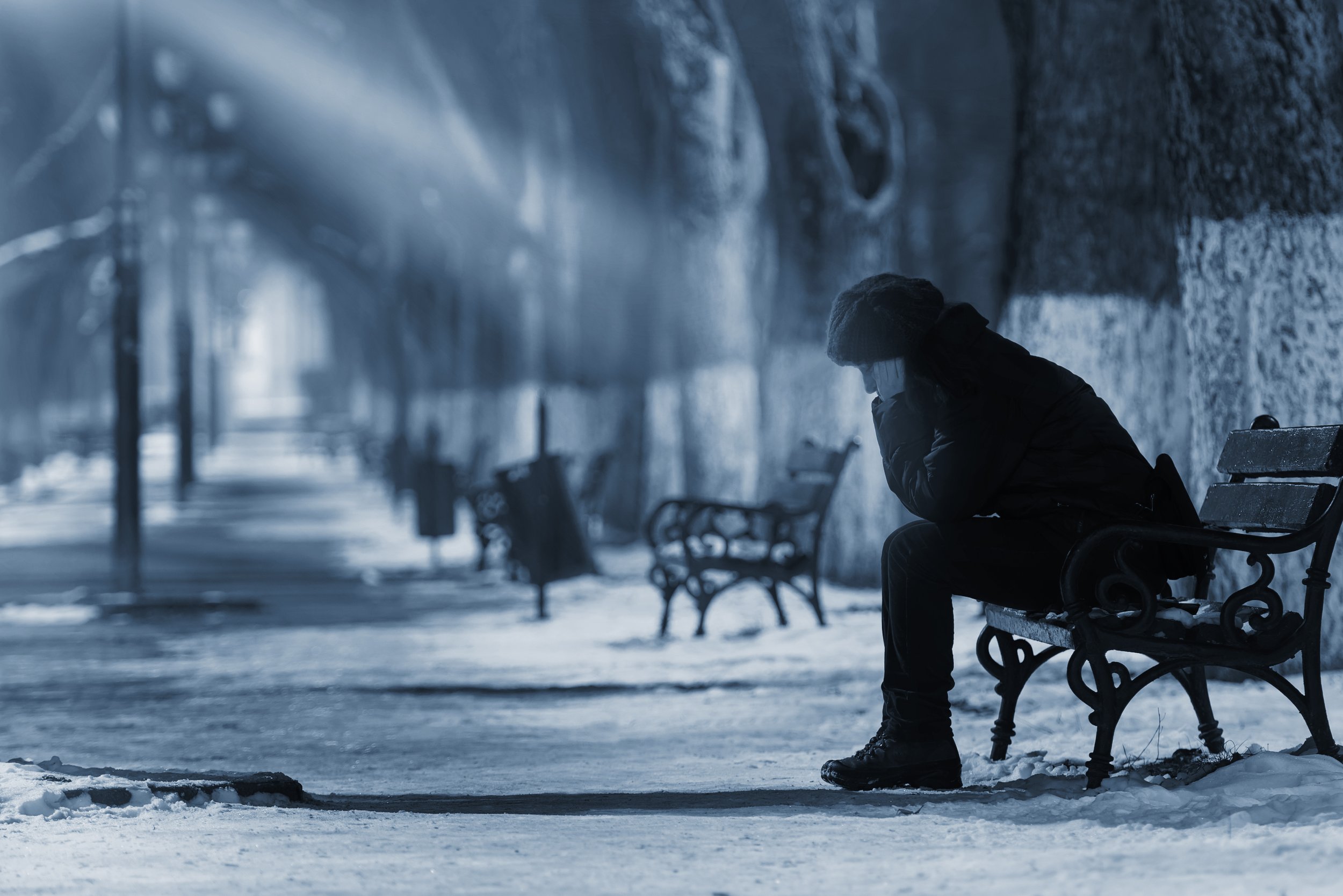
Images from unsplash.com
Examples in Visual Media
Credit: rottentomatoes.com
The Four Seasons (1981), film
Directed by Alan Alda, the eponymous film is a romantic comedy that follows three married couples on their vacations together each season. The film was inspired by Vivaldi’s four concerti and is used as the score for the film. Alda uses the music as a metaphor for friendship, as friendships are ever changing like the seasons. But he also uses it in a literal sense, using the relevant concerti for each season in the film starting with Spring and ending with Winter. Alda mostly uses Vivaldi’s movements to transition between scenes and during those transitions he includes scenic landscapes and nature shots to accompany the music. Vivaldi’s music in the film is all nondiegetic, meaning the source of the music being external to the context of the story and not heard by the characters in the film.
The first movement of the “Winter” concerto takes place after a scene where Alda’s character, Jack, has a big argument with his wife. The scene creates a tense mood, which is followed by a transition sequence of nature shots depicting the season of Winter along with the music, which is in a minor key (usually heard as sad, suspenseful, grim, etc.; the opposite of happy sounding music). It’s dark, it’s nighttime, it’s cold with snow all around, but then as the music continues, the tension is broken by a comedic scene as the couples ski in broad daylight fumbling into trees and closes with Jack failing at a ski jump.
The film was a box office success and it renewed interest in the Vivaldi concerti.
Official Trailer. You can watch the movie on Netflix and skip to 1:13:23 for the fight scene. The music comes in at 1:18:25.
A beautiful dish courtesy of Chef Niki Nakayama. Credit: Netflix
Chef’s Table (2015–present), Netflix documentary series
Unlike the narrative film presented above, Chef’s Table is a documentary series created by David Gelb that takes viewers inside the lives and kitchens of various internationally acclaimed chefs. It features interviews with the chefs, food critics, and restauranteurs documenting their personal lives, passions, and talents. Vivaldi’s “Winter” concerto No. 4 movement 1 is used as the intro music, so it’s heard in every single episode. While Gelb’s use of the piece has nothing to do with the season of winter and doesn’t fit with the minor key tone of sadness, his use seems to be intentional for the purpose of rhythm. Not only do intros typically have a rhythm to them in general, but Vivaldi’s rhythmic piece can relate to the rhythm that takes place in food service. From the numerous courses of a meal and the placement of each dish to the order of food preparation and execution, there is definitely a rhythm that goes along with the service of food. According to Lockey’s article, “The availability of a solo violin part permitted multiple textural relationships with the rest of the ensemble and allowed Vivaldi to use the soloist to distinguish between the actions, thoughts or emotions of individuals (human or animal) and larger groups” (267). Each dish offers a variety of textures with one ingredient as the star, or soloist in this case, with the rest of the ingredients acting as the ensemble. Furthermore, the violin soloist also represents the head chef in the kitchen who is distinguished between the rest of his kitchen and front-of-house staff. Just as Vivaldi uses the concerto genre to suggest narrative content, the same is seen with chefs in this show with the food that they serve to their patrons.
VLAD CIOPLEA/NETFLIX
“Friend or Woe” - Wednesday (2022), comedy horror TV series
Directed by Alfred Gough and Miles Millar, this popular new series on Netflix revolves around the character Wednesday Addams who sets out to solve a monster mystery at her new school. In this episode, the use of Vivaldi’s “Winter” concerto movement 1 is diegetic, or source music found on screen and can be heard by the characters in the film. Technically it’s half diegetic because we see Wednesday playing the solo violin part on the cello and hear an ensemble accompanying her, but she is clearly playing the piece by herself in the show. Adding the rest of the accompanying instrumentation to this scene adds to the intensity that the director is trying to convey. In this scene, Wednesday plays Vivaldi’s piece after having Thing light an inaugural statue of Joseph Crackstone on fire. She does this out of anger toward Crackstone after finding out that he had intentions of executing one of her ancestors and other outcasts before her ancestor was able to escape. The minor key appropriately fits the action of crashing the inauguration ceremony as she looks at her principal in a devious way. Wednesday holds her position while the fire blazes as the rest of the people run like mad in fear, which appropriately fits the pace of the fast strings.
Conclusion
Something to keep in mind is that after Vivaldi’s passing, his music pretty much got lost in the mix. Not until his revival in the 20th century was his music, including The Four Seasons, re-popularized. It wasn’t until 1905, that violinist and composer Fritz Kreisler published his “Concerto in C, in the Style of Vivaldi.” This prompted French scholar Marc Pincherle to do an academic study on Vivaldi’s work. In a monastery in Piedmont in 1926, researchers discovered fourteen bound volumes of Vivaldi’s work that were thought to have been destroyed in the Napoleonic wars. The resurrection of Vivaldi’s music in relatively recent years probably gained traction, attracting musicologists and musicians alike putting the spotlight on his music and resulting in an interest for “new” material to work with and publicly perform.
This exciting new material was also accessible to more people to play with and use in media because of the fact that it’s totally free. Vivaldi’s compositions are all considered public domain. That means anyone can play, use, replicate, or sample his music without obtaining any rights or having to pay a fee. Protection of a piece of music seizes 75 years after the composer’s death, and Vivaldi hasn’t been around for 281 years! This is a huge plus for little to no budget projects, but even big film/TV production companies like to cut down on costs, especially in the music department before others, according to my Music Supervision professor, Hans Fjellestad (2022).
So what makes this piece so popular to use in visual media? Besides its “newness” and accessibility, Vivaldi’s style is very rhythmic and people like rhythm. There’s a sense of order and structure, which people crave and need. People also like familiarity. When you hear something a number of times, it can grow on you. People also have the tendency to feel more connected to something the second time after the initial encounter. Have you ever watched a tv show and then an actor you know comes on the screen that you didn’t expect and then notice how you become a little more invested in watching it? Same goes for music. When a song comes on in a film, doesn’t your mind naturally go, “Hey, I know that song!” or if it’s a song you know well, maybe you get excited and start singing along? The first movement of “Winter” has been used in all types of media including films, TV shows, commercials, and video games (inexhaustive list below). The association of this piece to prior visual media can also induce a feeling of connection. For example, if you’ve heard this particular piece in an Audi car commercial and own an Audi, you could possibly feel a stronger attachment to your car. Or if you don’t own an Audi, perhaps this piece of music will create a strong emotional link to your desire to purchasing an Audi. Finally, the fact that this piece has a programmatic title can help guide listeners on a journey through their imagination whereas otherwise, it could just be a technical listening experience for you or an experience of just hearing a bunch of instruments playing melodies without any associations of imagery. Having this extramusical narrative can especially help listeners who don’t particularly have any preconceived imagery or emotional associations to the song and tie it to something that is very much known and understood by all people—basic human elements like the seasons and the passage of time. We all understand the seasons and the weather and we try to hear depictions of them in Vivaldi’s music. It’s a simple theme that makes it simple for listeners to understand and connect to. And vice versa—if you don’t particularly know what the season of winter “sounds” like, this piece of music provides that for you and thus you’ll have the “soundtrack” of winter to infiltrate your imagination annually.
Inexhaustive list of some other places you can hear Vivaldi’s “Winter”:
Commercials:
Audi A4 Car Carrier (2011)
Lincoln Town Car (1982)
Nissin Top Ramen (2008)
Film:
10,000 Saints (2015)
The Fault in Our Stars (2014)
A Hologram for the King (2016)
Human Capital (Il capitale umano) (2014)
John Wick: Chapter 3 - Parabellum (2019)
Kept Woman (2015)
The Odd-Job Men (2021)
Petrol-Carburant-Kraftstoff (1965)
Small Crimes (2017)
Tin Cup (1996)
Turner Risk (2019)
WeWork: or the Making and Breaking of a $47 Billion Unicorn (2021)
TV Shows:
The Armchair Historian - “Times Italy WAS Effective in WWII” (2019)
Come Fly with Me - s1e3 "(2011)
Heartbreak High - s1e8 “Three of Swords” (2022)
Love 101 - s2e5 (2021)
The Orville - s3e10 “Future Unknown” (2017)
Parts Unknown - s6e8 “Charleston, S.C.” (2015)
The Simpsons - s24e11 “The Changing of the Guardian” (2013)
Six Feet Under - s1e4 “Familia” (2001)
Six Feet Under - s1e9 “Life’s Too Short” (2001)
So You Think You Can Dance - s14e1 “Los Angeles Auditions #1” (2017)
Travelers - s3e6 “Phillip” (2018)
Ugly Betty - s1e5 “The Lyin’, The Watch and the Wardrobe” (2006)
The Undoing - s1e1 “The Undoing” (2020)
Vis a Vis (aka Locked Up) - s3e8 “Lo que Sabemos de los Monstruos” (2018)
Video Games:
The Murder of Adrian Elkwood (2008)
Pump It Up (2001)
Super X Chess (2018)
Sources
“Chef’s Table | Volume 1 | Opening - Intro - Theme Song HD.” YouTube, uploaded by Intro Master, 28 Sep. 2018, youtu.be/QdXlc7Y9O34.
Cioplia, Vlad and Netflix. Still of a scene from Wednesday. TeenVogue, published by Kaitlyn McNab, 23 Nov. 2022, www.teenvogue.com/story/wednesday-netflix-series-meet-the-cast.
Film poster of The Four Seasons. Rotten Tomatoes, www.rottentomatoes.com/m/1007754-four_seasons.
“Friend or Woe.” Wednesday, season 1, episode 3, 23 Nov. 2022. Netflix, www.netflix.com/watch/81257206.
Gelb, David, creator. Chef’s Table. Netflix, Boardwalk Pictures, Supper Club, FINCH, and Itaca Films, 2015.
Hindman, Jessica C. “Letter of Recommendation: Vivaldi’s ‘Winter.’” The New York Times Magazine, 21 Feb. 2018, www.nytimes.com/2018/02/21/magazine/letter-of-recommendation-vivaldis-winter.html. Accessed 17 Feb. 2023.
Lockey, Nicholas. "Antonio Vivaldi and the Sublime Seasons: Sonority and Texture as Expressive Devices in Early Eighteenth-Century Italian Music." Eighteenth-Century Music, vol. 14, no. 2, 2017, pp. 265–283. ProQuest, https://doi.org/10.1017/S1478570617000070. Accessed 17 Feb. 2023.
Mendieta, Luca. “Realistic illustration of the Italian composer Antonio Vivaldi.” Shutterstock, www.shutterstock.com/image-illustration/realistic-illustration-italian-composer-antonio-vivaldi-1976282039. Accessed 20 Mar. 2023.
Netflix. “A beautiful dish courtesy of Chef Niki Nakayama.” Mashable, published by Belen Edwards, 25 Feb. 2022, www.mashable.com/article/best-cooking-shows-on-netflix.
Spratt, Annie. “Snow Falling in a Forest.” 5 Feb. 2015. Unsplash, unsplash.com/photos/OxTT6kZs_gU.
“The Four Seasons (1981) Original Trailer [FHD].” YouTube, uploaded by HD Retro Trailers, 5 Nov. 2022, youtu.be/l-LdyHyH4MA.
The Four Seasons. Directed by Alan Alda, performances by Alan Alda, Carol Burnett, Len Cariou, Sandy Dennis, Rita Moreno, Jack Weston, and Bess Armstrong, Universal Pictures, 1981.
“The Four Seasons - Spring in E Major, RV. 269: I. Allegro.” Vivaldi: The Four Seasons & Concertos for Bassoon and Violin ‘In Tromba Marina,’” composed by Antonio Vivaldi, performed by Adrian Chandler and La Serenissima, AVIE Records, 2015. Spotify, open.spotify.com/track/4jOlYUMMsCacMm3xcrYRLl?si=c296b6cfe11245f6.
“The Four Seasons - Spring in E Major, RV. 269: III. Allegro.” Vivaldi: The Four Seasons & Concertos for Bassoon and Violin ‘In Tromba Marina,’” composed by Antonio Vivaldi, performed by Adrian Chandler and La Serenissima, AVIE Records, 2015. Spotify, open.spotify.com/track/5xKKNa5G5Mi5vcR8OLkpsE?si=55706c0d98f74f35.
“The Four Seasons - Summer in G Minor, RV. 315: III. Presto.” Vivaldi: The Four Seasons & Concertos for Bassoon and Violin ‘In Tromba Marina,’ composed by Antonio Vivaldi, performed by Adrian Chandler and La Serenissima, AVIE Records, 2015. Spotify, open.spotify.com/track/1Ojz92vyPK4fJ5K8RVnV5u?si=67238b4a9cee476a.
“The Four Seasons - Violin Concerto in F Minor, Op. 8 No. 4, RV 297 "Winter": I. Allegro non molto.” Vivaldi: The Four Seasons, composed by Antonio Vivaldi, performed by Joshua Bell and Academy of St. Martin in the Fields, Sony, 2008. Spotify, open.spotify.com/track/64ZxBE1ZgK4C0lGljXzDcG?si=a97e514ec33049c6.
Various winter photographs. Shutterstock, www. shutterstock.com. Accessed 20 Mar. 2023.
Various winter photographs. Unsplash, www.unsplash.com/. Accessed 20 Mar. 2023.
“Wednesday Addams plays The Cello - Wednesday burns Joseph Crackstone's Statue - Wednesday(2022).” YouTube, uploaded by Birendra Banka, 3 Dec. 2022, youtu.be/t68qeAZk3AI.
